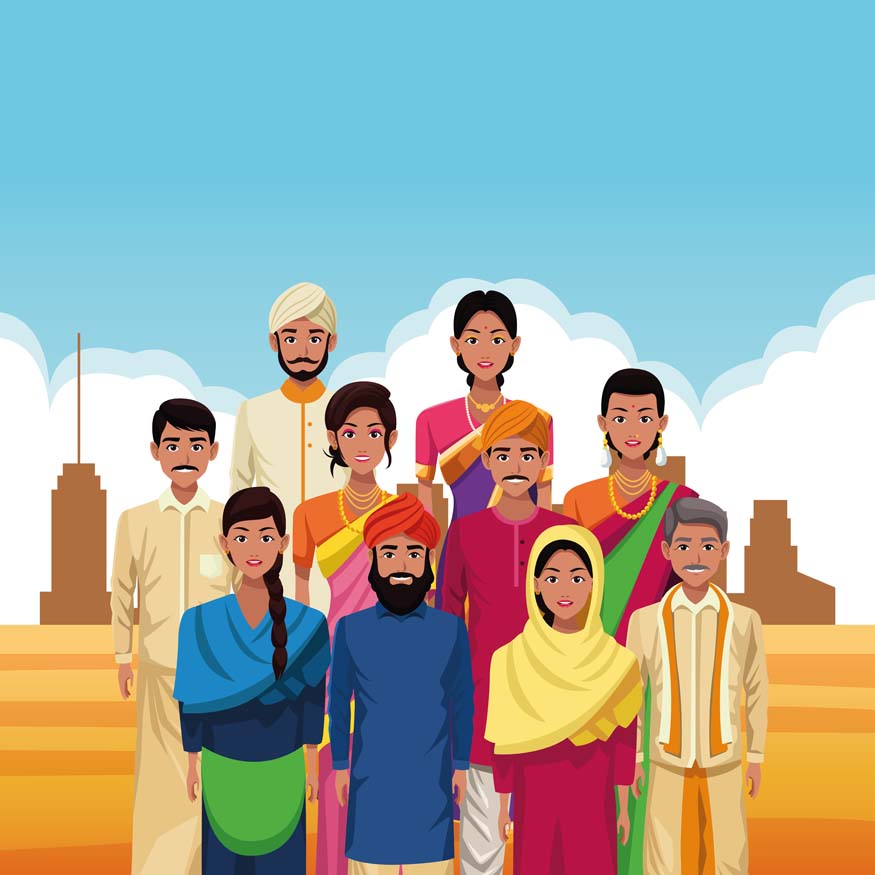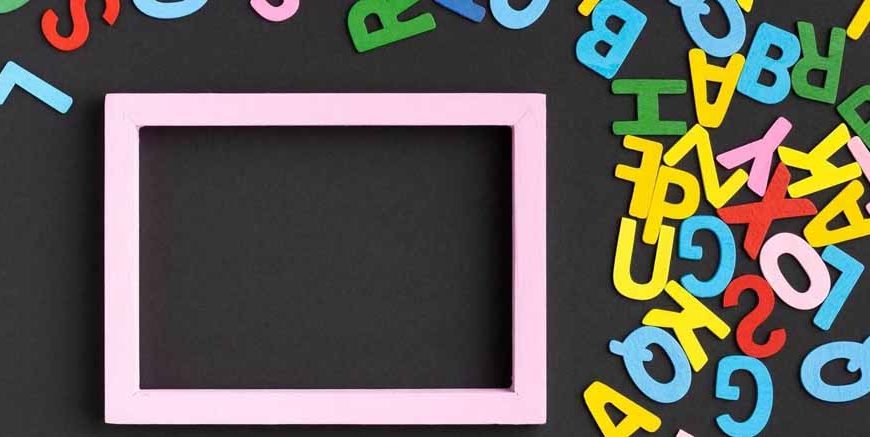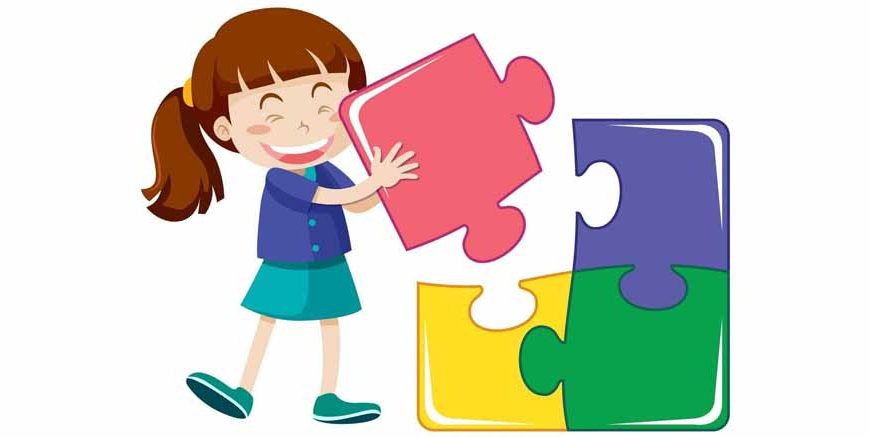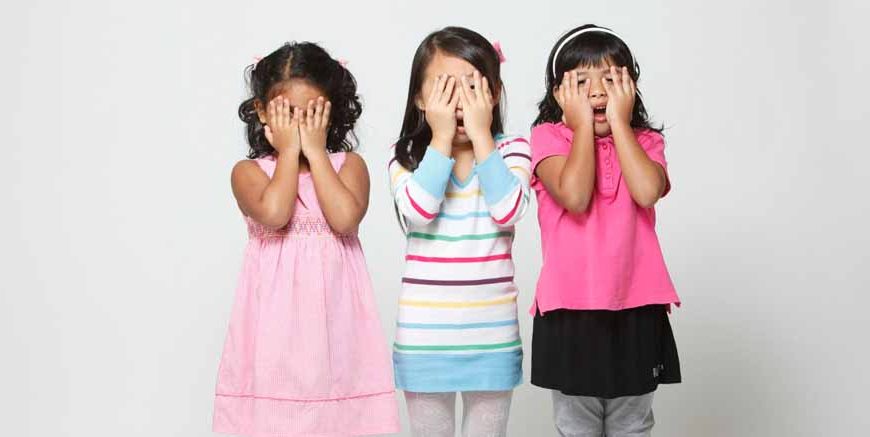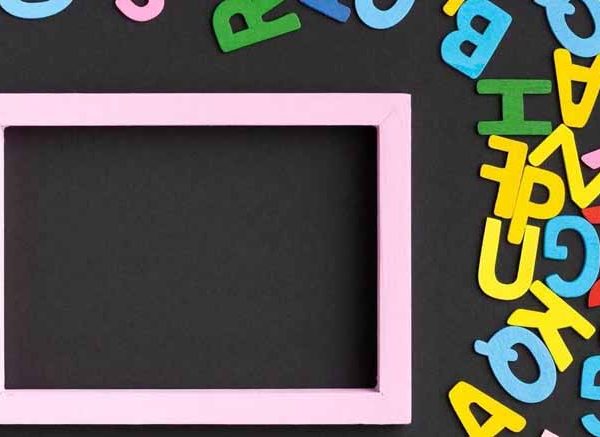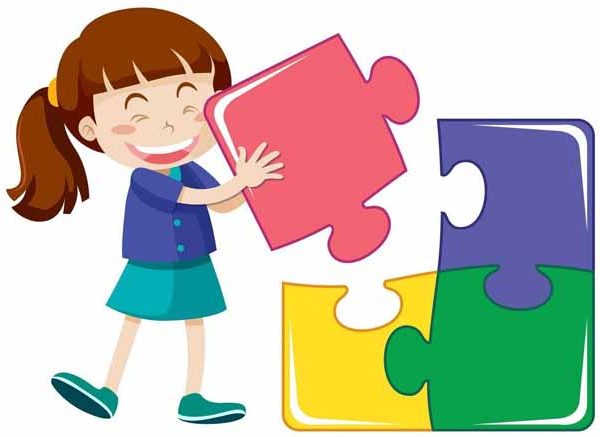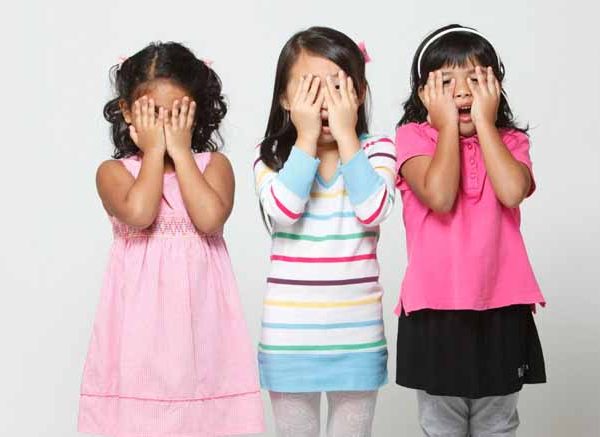Introducing young children to different cultures is an enriching experience that broadens their horizons and promotes tolerance and understanding. As educators, it is our responsibility to create a diverse and inclusive learning environment where children can learn about the world around them. By exploring various cultures, kindergarteners can develop a sense of curiosity, empathy, and respect for others. In this article, we will discuss the importance of exposing kindergarten children to different cultures and provide practical tips on how to do so effectively.
Importance of exposing kindergarten children to different cultures.
- Promoting cultural acceptance and awareness
- Expansion of Horizons
- Increasing Social Competence
Children who are exposed to other cultures are better able to respect and value diversity. It encourages tolerance and acceptance of those who might be different from oneself. Children can learn empathy and compassion by learning about other cultures.
Kindergarteners’ perspectives are widened by exposure to many cultures. It enables students to comprehend that there are numerous modes of existence, thought, and expression. They are inspired to investigate, ponder, and learn about the world by this exposure.
Children are inspired to interact with people from other origins as a result of learning about different cultures. It improves their capacity for collaboration, communication, and interpersonal skills.
Exploring Cultures through Books
Books are effective teaching tools for exposing kids to various cultures. Here are a few suggestions on making the most of books:
- A Variety of Readings
- Sessions of Interactive Reading
- A Corner of Cultural Books
- Including Cultural Elements
Include books that illustrate many civilizations, traditions, and ways of life. Choose works that cover a range of languages, ethnicities, and geographical locations. Children will have an awareness for diversity thanks to this experience.
Ask questions and promote discussion to actively include kids in reading sessions. Encourage them to talk about their ideas, emotions, and findings on the cultures they have read about. Their comprehension and curiosity will grow thanks to this participatory method.
Make a space in the school specifically for the children to access books about various cultures. Make this area welcoming and cosy to encourage kids to explore and read on their own. Make sure the books are age-appropriate, visually appealing, and have captivating illustrations to hold their interest.
Select books that emphasise multicultural topics particularly, for participating in festivals, learning about traditional clothes, or learning about various cultures and traditions. Children can relate to and identify with the cultures being portrayed because of this.
Top 5 Cultures in the World
- Indian Culture
- Chinese Culture
- African Culture
- Japanese Culture
- Indigenous Cultures
Indian culture, which is renowned for its extensive history, wide range of languages, and exciting festivals, presents kindergarteners with a wealth of educational opportunities. They can discover more about Diwali, also known as the festival of lights, which entails lighting oil lamps, making rangoli patterns, and indulging in regional sweets. They can also discover Holi, a celebration of colour in which attendees frolicsome fling coloured powders and water at one another. They can also learn more about cultural clothes by showing them classic Indian garments like sarees and turbans.
Chinese culture is well known for its intriguing customs and festivals. Kindergarteners may fully experience the thrill of the Chinese New Year, a celebration that features dragon dances, lanterns, and fireworks. They can study calligraphy, which is the practice of writing Chinese characters with a brush and ink, and even give it a shot. Introducing kids to traditional Chinese foods like dumplings and fortune cookies can expose them to new tastes and traditions.
Africa is a diverse continent with a rich cultural history. African music, traditional attire, and art can all be explored while introducing kindergarteners to the continent’s culture. They can learn traditional dancing steps, listen to African drumming, and make their own recycled musical instruments with African influences. African folktales can capture children’s imaginations and motivate them to produce their own works of art with African influences thanks to their vivid characters and moral lessons.
A unique fusion of traditional practices and contemporary developments can be found in Japanese culture. Kindergarten students can experience the elegance of Japanese tea rituals and learn the finer points of making and serving matcha tea. They can also discover the fascinating art of origami and make exquisite paper animals like cranes. Participating in events to view cherry blossoms and learning about traditional Japanese clothes, such as kimonos, can offer an insight into Japan’s rich cultural legacy.
Children’s comprehension of the history of their own nation can be strengthened by studying the indigenous cultures of various locations. They can discover more about the practices, spirituality, and distinctive artistic and narrative traditions of indigenous peoples. Kindergarteners can appreciate the knowledge and beauty of these cultures by participating in activities like crafting dream catchers or traditional indigenous crafts.
Different Types of Culture.
- Material Culture
- Language and Communication
- Food and Cuisine
Physical artefacts that are produced, used, or appreciated by a civilization are referred to as having a material culture. It consists of apparel, equipment, buildings, and artwork. To learn about material culture, kindergarten students might get their hands dirty by making traditional crafts or building constructions out of blocks. They can discover the varied clothing used by various civilizations, practise using basic tools, and gain an appreciation for the various architectural styles found throughout the world.
Language is important to culture because it enables communication and the expression of ideas. Children being exposed to other alphabets, writing systems, and languages can be a great approach to exploring culture. Kindergarteners can take part in activities that encourage intercultural contact, learn brief greetings or phrases in a variety of languages, and learn about the distinctive features of many scripts.
For kindergarteners, learning about other culinary traditions may be a delicious experience. Food is an integral component of culture. They can discover the various ingredients, preparation techniques, and gastronomic traditions of many countries. Children can engage their senses, taste new flavours, and appreciate worldwide culinary diversity by planning cultural cuisine tastings or cookery activities.
Introducing kindergarten students to many cultures is an excellent method to promote cultural sensitivity, acceptance, and understanding. Teachers may create an inclusive learning atmosphere that embraces the diversity of our globe by combining interesting literature, fun activities, and interactive dialogues. Children gain empathy, respect, and open-mindedness as they learn about diverse cultures—qualities that are crucial for a harmonious community.
At EuroKids, we value developing well-rounded people who respect and comprehend many cultures. Children are exposed to a range of cultures through books, games, and celebrations as part of our curriculum, which places a strong emphasis on intercultural education. Join us at EuroKids to give your child an educational experience that is enriching, celebrates diversity, and fosters global citizenship.

